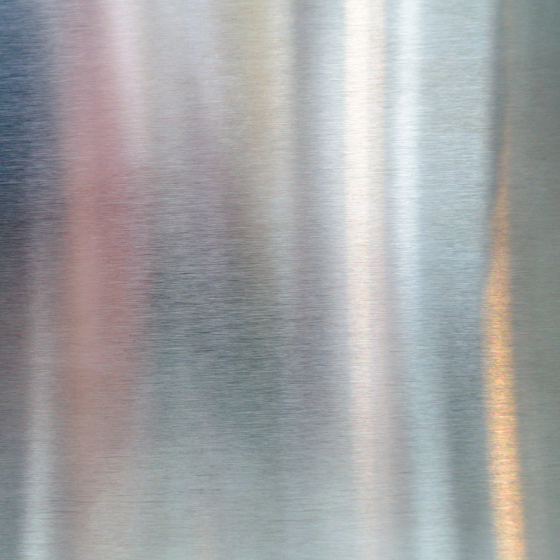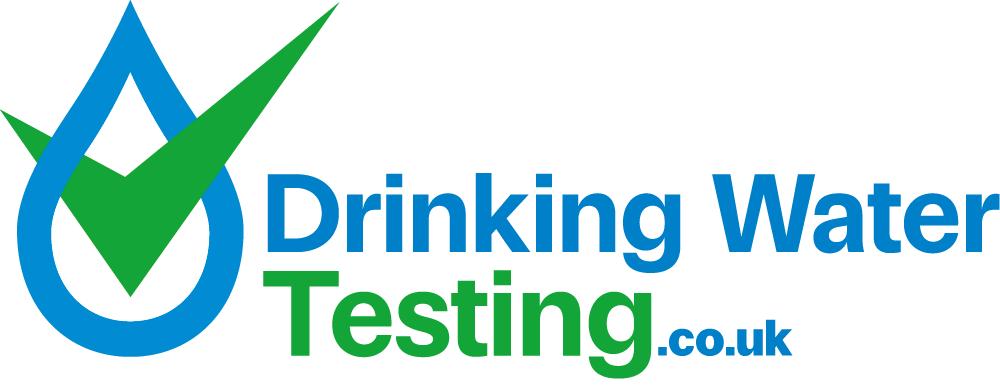
Zinc
Zinc is an essential nutritional element as it is utilised by several enzymes in the body and is also a component of insulin. The daily intake of zinc should be approximately 4 – 10 mg. The World Health Organisation gives a guideline value for zinc in drinking water based on aesthetic considerations. High concentrations of zinc give an astringent taste to the water. Additionally, water may appear opalescent and develop a greasy film on boiling.
Zinc concentrations in excess of the guideline level may arise due to prolonged contact of the water with brass plumbing fittings. Dezincification of the brass occurs, resulting in a high concentration of zinc in the water. The brass fittings become spongy in appearance due to the loss of zinc, and the remaining copper in the fittings can be seen as darker coloured areas. These fittings will eventually leak. Galvanised storage tanks are also a potential source of zinc contamination; it is very rare for water supplied to premises to have any significant quantity of zinc present.
